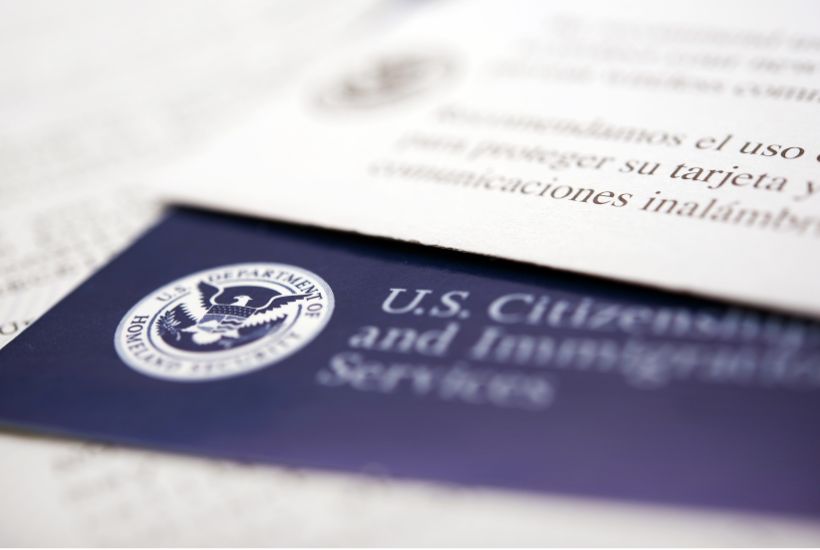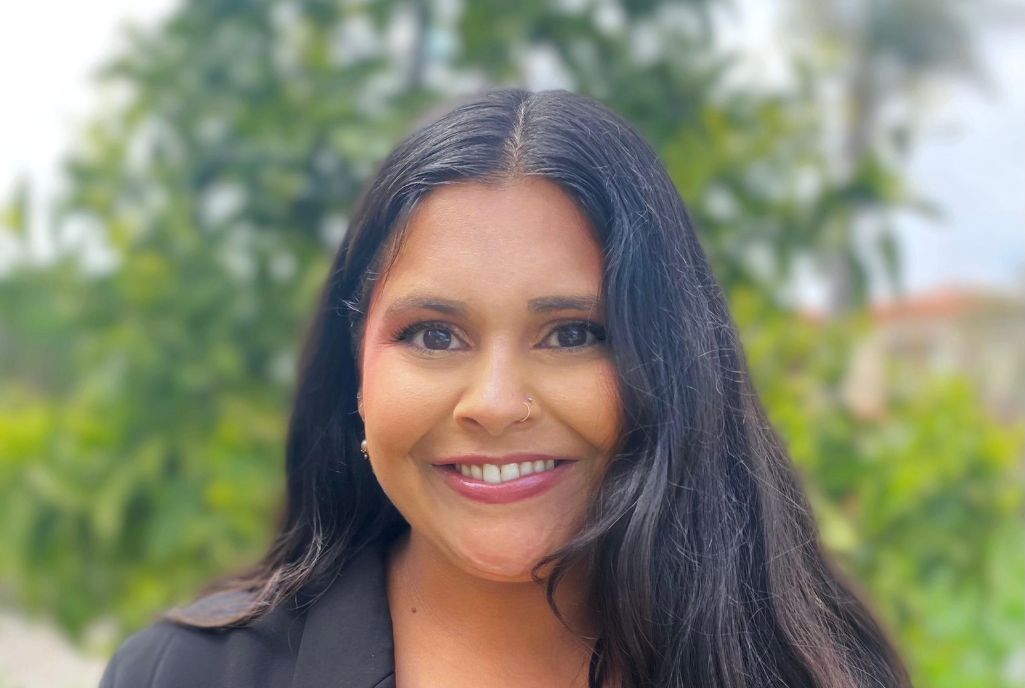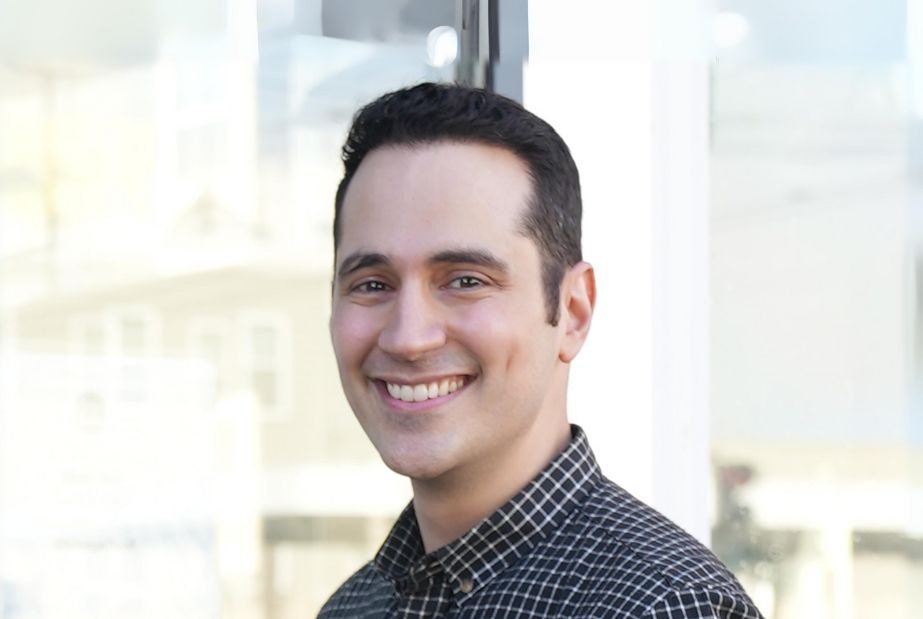Q&A with Henna Pithia (JD 2015), visiting clinical assistant professor of law
.jpg) |
| Alum Henna Pithia returns to USC Gould to supervise the International Human Rights Clinic during Prof. Hannah Garry’s Fulbright research semester. |
Henna Pithia (JD 2015), visiting clinical assistant professor of law, has joined the USC Gould School of Law this academic year to supervise the International Human Rights Clinic (IHRC) during IHRC Founding Director Hannah Garry’s Fulbright grant-funded research semester in Norway. Pithia was a student attorney in the IHRC and, after graduation, named the clinic’s first teaching fellow. She has since worked as an asylum officer for the U.S. Citizenship and Immigration Services, and later, worked in Southern California and Canada with immigration firms focused on employment and family-based immigration processes.
How do you feel returning to the IHRC having previously worked with the clinic as a student? What are your goals for this position?
I’m really excited to come back to the clinic this year. My previous experience as an asylum officer and attorney working on employment and family-based immigration matters has provided me with the knowledge-base to help students work through complex human rights matters with the clinic. For example, my extensive work with the U. S. Citizenship and Immigration Services is particularly helpful when it comes to guiding students in their anti-trafficking work and projects surrounding the Afghan Evacuation. I’m really looking forward to continuing the clinic’s important work and thinking about additional avenues for advocacy.
What are some of your favorite projects that you’ve worked on with the IHRC? Do you have any other favorite projects that you worked on outside of USC?
My favorite projects with the clinic were those that allowed me to directly represent survivors of human rights abuses. As a student attorney, I represented a survivor of human trafficking in her application for T non-immigrant status (an immigration benefit provided to survivors of human trafficking). Over the academic year, I met with this client each week to learn about her life and pathway to the United States. Each interview lasted at least an hour and by the end of the academic year I felt like I knew the client better than I knew most of my friends. The relationship was meaningful to me, but even more meaningful to my client: it was one of the first times that she felt somebody was listening to her story and her voice. She said it was empowering and helped her heal, somewhat, from her previous trauma. Playing that crucial role in her life was an unforgettable part of my clinical experience. Seeing her finally be granted T non-immigrant status, which afforded her a pathway to citizenship, was even better!
How did your time at USC Gould and the IHRC prepare you for your career?
The clinic was instrumental in teaching me how to be an effective attorney. Under the supervision of Professor Hannah Garry, I learned some of the most important advocacy skills including being accountable for my work product, maintaining communication with my clients, and critically thinking about my client’s legal strategy over time. I’ve continued to use these skills throughout my practice over the past five years and they have served me well. I hope to share these best practices with current clinic students so that they are well equipped for their future practice as attorneys.
What advice do you have for students interested in pursuing a career in human rights?
This career path is one of the most rewarding. Every day we get to do work that has a domestic and international scope, and has a lasting impact over time. I would highly encourage those who are interested in pursuing a career in human rights to participate in things like the clinic where you’re actually applying your knowledge of human rights law to real experiences.
This interview has been edited and condensed for clarity.

















